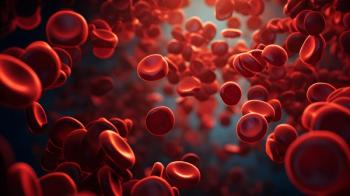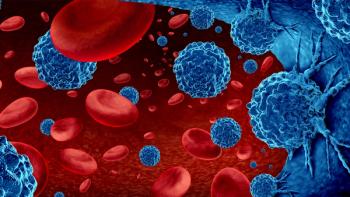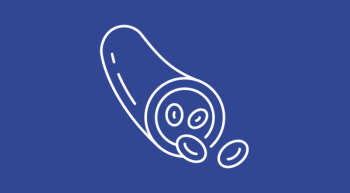
A Step-by-Step Guide for Nurses Facing a Public Health Disaster
Oncology advanced practice registered nurses are key players in the mitigation, preparation, response, and recovery of a public health disaster, such as the COVID-19 pandemic.
The COVID-19 pandemic shook up the way that cancer care was delivered, forcing oncology advanced practice registered nurses (OAPRNs) to delve into their knowledge, skills, and competencies to ensure that competent patient treatment continued. Recent research presented at the 46th Annual ONS Congress outlined the phases of public health disasters and the role of the OAPRNs throughout each stage.
The researchers from Winona State University analyzed the 4 phases of disasters (mitigation, preparedness, response, and recovery) and intersected them with key competencies of OAPRNs – as described by the Oncology Nursing Society – to determine the nurse’s role throughout each step.
“Certainly, COVID-19 has caused us to think differently about how we prepare our oncology practices, ourselves, and our colleagues for various types of disasters,” said study author Julie Ponto, PhD, APRN, CNS, AGCNS-BC, AOCNS.
Mitigation. Risk mitigation happens before the disaster takes place. OAPRNs should coordinate a plan with the other providers in case a catastrophe occurs. This can include implementing redundant health care record and communication systems, coming up with an oncology hazard mitigation plan, and identifying the potential hazards and difficulties that patients, caregivers, the institution, and the community as a whole might face.
Preparedness. When preparing to face a disaster, OAPRNs and other providers should participate in local, regional, and national disaster management workgroups; establish an emergency response plan, including factors such as infection control, care transfer, resource allocation, and an oncology command post; go over disaster drills with nursing staff; and undergo nursing education and disaster training.
Response. Toward the end and after the disaster, OAPRNs must start to analyze how the disaster impacted patient’s treatment outcomes and refer them to available resources within the community. This is also the time to talk with colleagues and address crisis communication and patient and family communication needs.
Recovery. After the disaster, OAPRNs should look back on how it affected continuing, palliative, and end-of-life care. Now is also the time to determine if there were data or privacy concerns as a result of the disaster. Mental health should also be considered, for both patients and providers. Throughout this stage, OAPRNs should serve as role models for the healthy reset and recovery actions.
“I hope this provides [nurses] a new way of thinking about disaster mitigation, preparedness, response, and recovery for a variety of disasters,” Ponto said.
Reference
Ponto J. Phases of Public Health Disasters: The Role of the Oncology Advanced Practice Registered Nurse. Presented at: 46th Annual ONS Congress. April 20, 22, 27, 29, 2021. Virtual.
Newsletter
Knowledge is power. Don’t miss the most recent breakthroughs in cancer care.

















































































